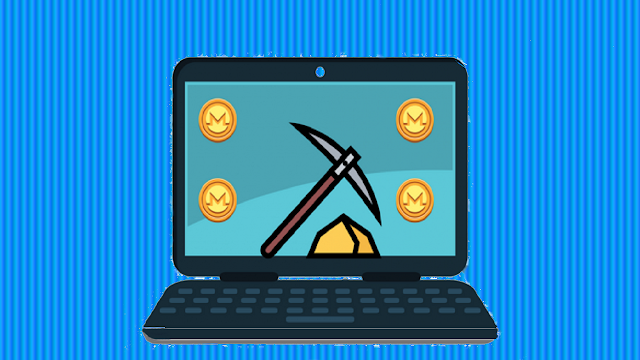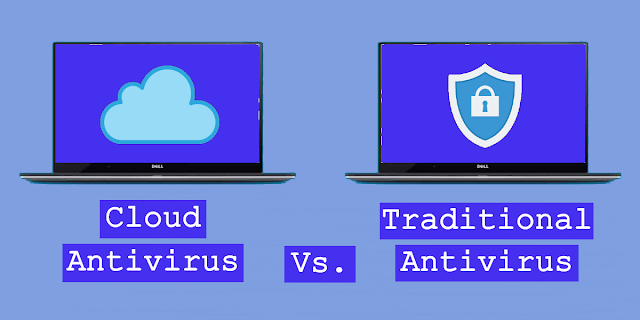So What is Hacking?
Hacking is “obtaining unauthorized access to data in a system or computer”. The person who accesses it is called a hacker. Many hackers exploit vulnerabilities in a computer system in order to steal, manipulate, or destroy information. For businesses, this could mean:
- Theft and misuse of company financial information
- Theft and misuse of customer personal and/or financial information
- Deletion of information
- Manipulation of company information
- Access to systems and associated accounts belonging to other companies
- Destruction of an entire website
All of these consequences would cause serious damage to a company's reputation, loss of customers, and loss of income. It could even result in additional costs as a result of legal action following a violation.
What is a Computer Virus?
A computer virus is a malicious software designed and used by hackers to replicate and spread from host to host, altering the functioning of a system and can cause adverse effects such as corruption or destruction of data. Viruses can remain inactive for a period of time, and even when activated, they can go undetected, save, steal, and corrupt a system and the information it contains. Viruses are usually spread in the form of email attachments and downloads. Signs that your computer or website has been infected include:
- Slow performance
- Frequent crashes
- Frequent pop-ups
- Home page changes
- Emails you did not send
While some viruses can be seen as jovial and cause minor damage to a company's reputation, others are created only to cause significant damage, often for the financial gain of hackers.
General Misconceptions
I Have Nothing of Value to Hack
With so much personal and corporate data stored and shared online and on computers, there is always something worth stealing. Disparate information can be pulled together to form a user profile for criminals to exploit.
Hacking Requires High-tech Skills and Equipment
Hacking is primarily described in film and television as the pursuit of highly intelligent and skilled individuals, attacking large, complex targets. However, the majority of cybercrime is low level and opportunistic, taking advantage of several targets of limited value but with lower security.
Big Companies Are More Secure
As you can see from the names above, larger companies with more resources don't necessarily have the best security. Humans are actually one of the biggest risks to cybersecurity - increased bodies and increased complacency mean increased avenues for criminals.
Don't Lose Your Income Because of Hacking
There are many simple and routine ways to secure your website and system. See below for our tips.
Hacking can affect a business's revenue and reputation in more subtle ways:
• Hackers can sometimes use access to a website to replace links to other sites, increase traffic to the new destination, and reduce the time a user spends at the intended site. Even if the hack fails to generate real business for the destination website, it will increase the traffic statistics for it at the same time as it damages customers' trust in the originating site.
• Google ranking can be adversely affected for hacked sites. Google scans websites for malware and removes them from search lists, blacklisting hacked sites, and reducing a company's visibility in the market.
What Can You Do?
In an increasingly networked market, businesses need to do more to protect themselves against cyberattacks, as well as to protect their customers, especially in light of recent GDPR regulations. The logic is simple: you lock your house, you have to lock your website. There are several simple steps businesses can take, and individuals can take steps to make their website more secure.
Increase Password Strength
One of the most common ways for criminals to hack your computer or website is by guessing passwords. Increasing the strength of your password makes you a much less easy target. You should:
- Increase the length and complexity of your password - for example, by using a 10-digit combination of upper and lower case letters, numbers, and characters
- Change your passwords regularly
- Do not share your words password
- Never write your passwords
- Do not use the same password for multiple sites, devices, etc.
- Consider using a password manager
Keep Up to Date
As mentioned above, hackers can use vulnerabilities in a system to gain access. There is no such thing as a perfect system: every system will have weaknesses and flaws that could eventually be discovered and exploited. Manufacturers will update software that has been found to be faulty, so it is best to update software, themes, and plugins to avoid preventable breaches as knowledge of a fault spreads. Older software will also eventually stop receiving security updates, making it even more vulnerable to attack. Once a website has been hacked, it is essential that you make changes and advancements in software and security as hacked URLs can be shared between hackers,
How to Secure Your Website?
If you've scratched your head to secure your website, there are two main methods. One is to use HTTPS which is a more secure type of domain. The other is to use a website security seal and apply malware detection monitoring.
Let's explore these two methods to learn more about the difference they can make and how.
Secure Https (SSL Certificate)
While this is considered the most basic way to protect your site, it has additional benefits. You will need to use an SSL certificate which will be issued by your web host. Before these sophisticated times, most websites were hosted over HTTP. The challenge that this poses these days is that HTTP is not secure. Hackers can monitor all data transmitted between a browser and your website, including sensitive data. Credit card details, addresses, or login credentials, including passwords, can all be intercepted and captured.
HTTPS provides an encrypted and secure connection between a browser and your website. This makes it impossible to intercept data passing between them. Other benefits come from the fact that Google introduced HTTPS to be a ranking factor in its search engine algorithm. This means that Google likes websites to use HTTPS and will reward them in the form of favorable search rankings.
To switch to HTTPS, you need to secure an SSL certificate. They are reasonably priced and easy to install.
Website Security Seal
This security feature keeps an eye on your website for viruses and malware that hackers can download. In fact, it's like having an antivirus software running on your website. Since most people wouldn't dream of accessing the internet without virus protection on their laptop, it is essential that you give your website the same protection.
If the Security Seal detects a malware, it will notify you so you can remove it as soon as possible. It will automatically send you emails for you to take action.
If you have any questions or need help protecting your website, contact us today.
How Much Does It Cost to Protect a Website?
Website protection is relatively inexpensive. You can buy an SSL certificate for as little as $ 60 per year from your host. For the security seal system, it would cost around $ 70 per year and it would scan your site daily.
If you are managing a complicated site that may be of interest to hackers with many entry points or vulnerabilities, it is recommended that you use a web scanning solution to identify them. It is more profitable to repair risks than to build walls around them. Using a network or website scanner would be the most effective way to secure your site.
If you wish to be accompanied to create or improve your IT security, do not hesitate to read our Web Security section or to contact us to benefit from a free meeting with one of our Web Security consultants.

















